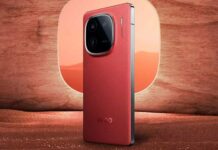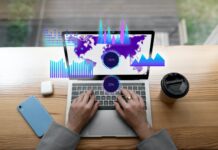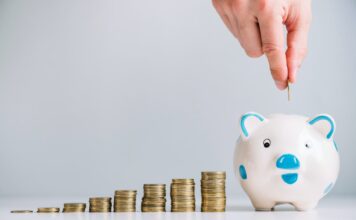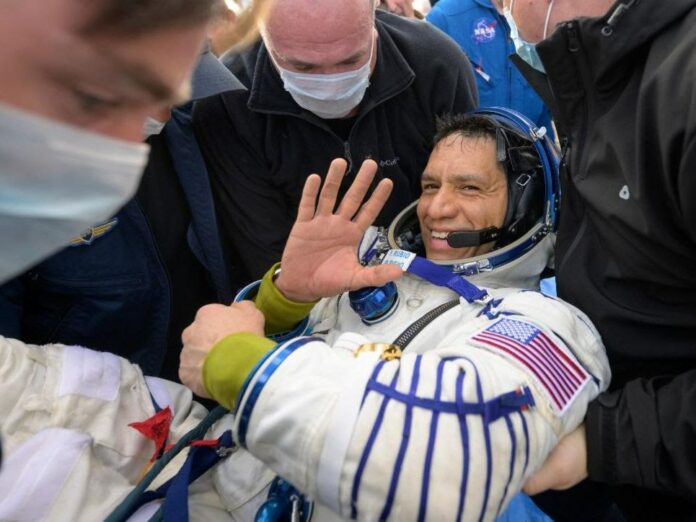
After spending an American record-breaking 371 days in space, Rubio departed the International Space Station, along with Roscosmos cosmonauts Sergey Prokopyev and Dmitri Petelin, on Wednesday, Sept. 27, and made a safe, parachute-assisted landing southeast of the remote town of Dzhezkazgan, Kazakhstan.
Cosmonaut Rubio launched on his first spaceflight on Sept. 21, 2022, alongside Prokopyev and Petelin. Rubio’s spaceflight is the longest single spaceflight by a U.S. astronaut, breaking the record previously held at 355 days by NASA astronaut Mark Vande Hei.
During his mission, Rubio completed approximately 5,936 orbits and a journey of more than 157 million miles, roughly the equivalent of 328 trips to the Moon and back. He witnessed the arrival of 15 visiting spacecraft and the departure of 14 visiting spacecraft representing crewed and uncrewed cargo missions.
Rubio’s extended mission provides researchers with the opportunity to observe the effects of long-duration spaceflight on humans as the agency plans to return to the Moon through the Artemis missions and prepare for the exploration of Mars.
Key Scientific Highlights of NASA Astronaut Frank Rubio’s Year in Space:
Orbiting Biology Lab:
Frank Rubio was doing Biological Research In Canisters-26 (BRIC-26). This investigation measures how microgravity affects fundamental genetic processes and interactions in the bacteria Bacillus subtilis. Throughout his mission, Frank Rubio worked on the eXposed Root On-Orbit Test System (XROOTS) to identify ways like hydroponic (water-based) and aeroponic (air-based) techniques rather than soil to produce crops on a larger scale for future space missions.
Biological Research In Canisters-24 (BRIC-24) tests the role of “Membrane Contacts in Plant Gravity Perception” by investigating how space affects organelle contacts and vacuole fusion in plants, systems that may be important for plant gravity sensing and response.
The Human Element:
Frank Rubio replaces components inside the BioFabrication Facility (BFF). This platform supports research such as BFF-Meniscus-2, which prints and cultures meniscus, or knee cartilage tissue, with bioinks and cells. Scientists on the ground will evaluate the mechanical properties of the 3D-printed meniscus upon its return to Earth. This work could advance the in-space manufacturing of complete, functional human organs for transplants.
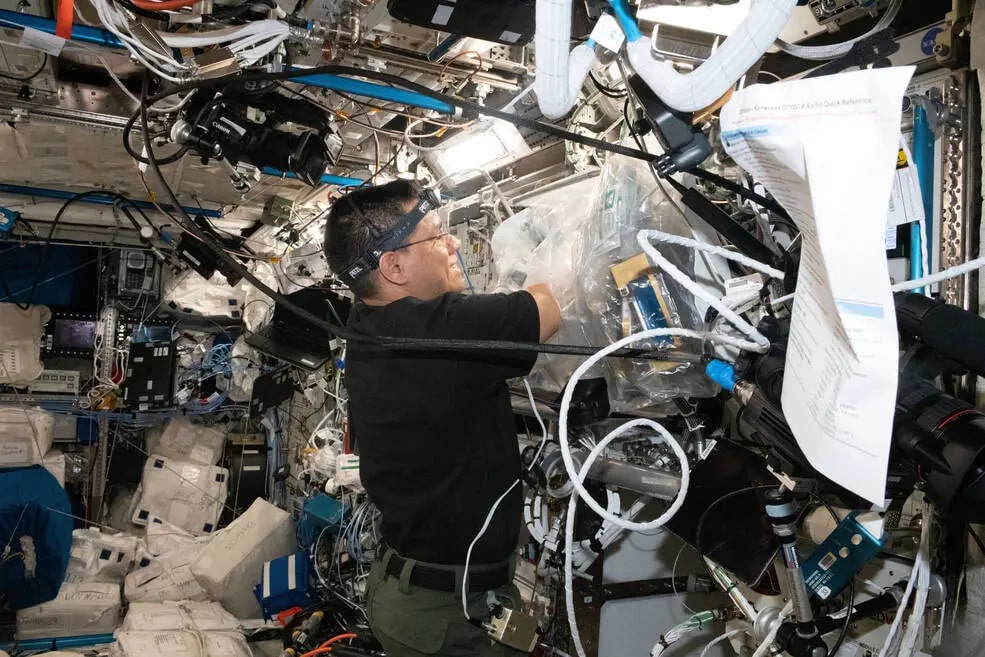
Exercise devices on future long-duration space missions need to be small and lightweight yet provide a variety of aerobic and resistance exercise options. Frank Rubio works on the station’s treadmill, which provides an important way to reinforce the motor pattern of walking for crew members during their missions.
High Technology:
During the mission, Frank Rubio helped install the NanoRacks CubeSat Deployer (NRCSD). Private, governmental, and academic organizations use the space station to deploy small satellites called CubeSats into Earth’s orbit for a variety of research objectives.
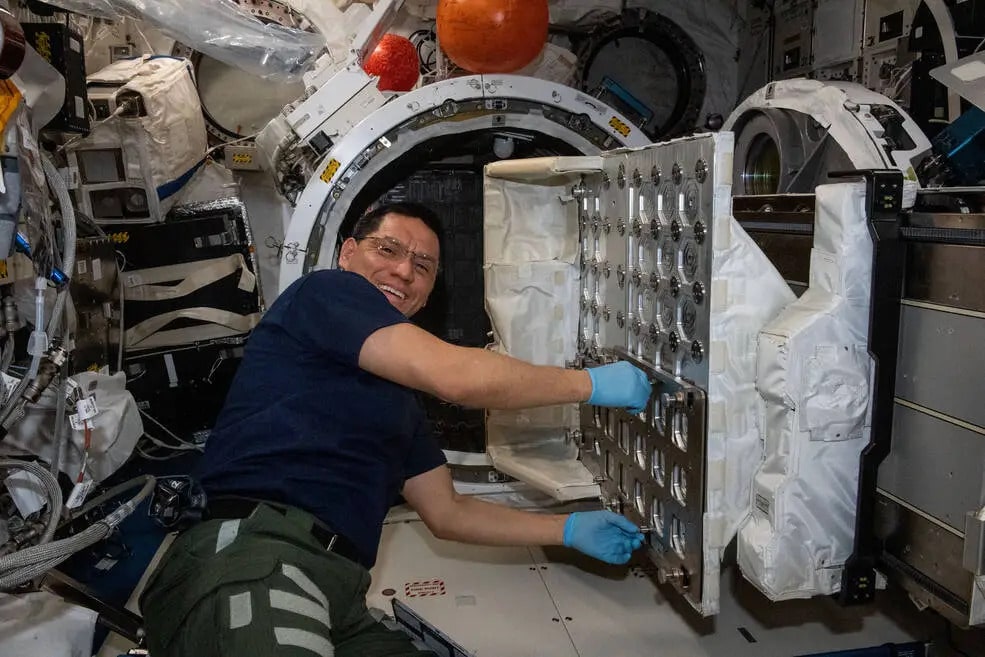
The Physics of Microgravity:
Important research for future manned missions is conducted in ISS (International Space Station). The space station is a test bed for the life support equipment needed to take humans to the Moon, Mars, and beyond. Frank Rubio conducted research for equipment like Exploration Potable Water Dispenser (Exploration PWD) critical for future missions.
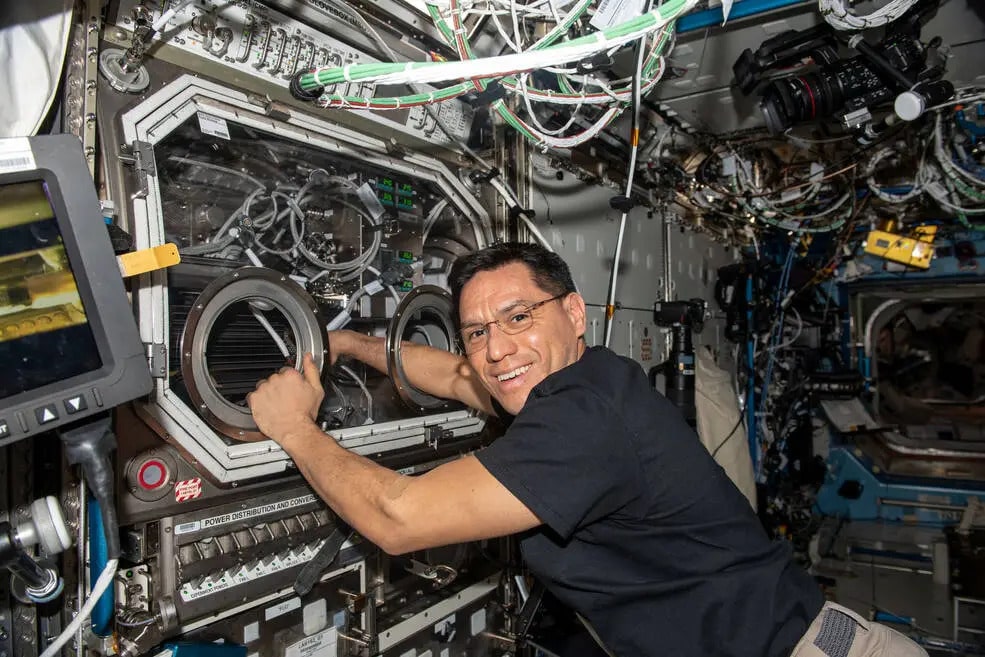
Frank Rubio conducted sessions for Solid Fuel Ignition and Extinction – Growth and Extinction Limit (SoFIE GEL), which studies burning in microgravity to help researchers select safer materials for spacecraft and determine optimal fire suppression techniques. This image shows a sphere of acrylic burning in microgravity during one of the tests.
A Walk in Space:
On this Nov. 15, 2022, spacewalk, Frank Rubio and NASA astronaut Josh Cassada assemble a mounting bracket on the station in preparation for the installation of the first pair of rollout solar arrays, known as iROSAs. It took six spacewalks, the final one in June 2023, to install all the arrays, which are expected to enable a 30% increase in the power available for science and operations on the space station. The earlier Roll-Out Solar Array (ROSA) investigation proved the viability of this technology.
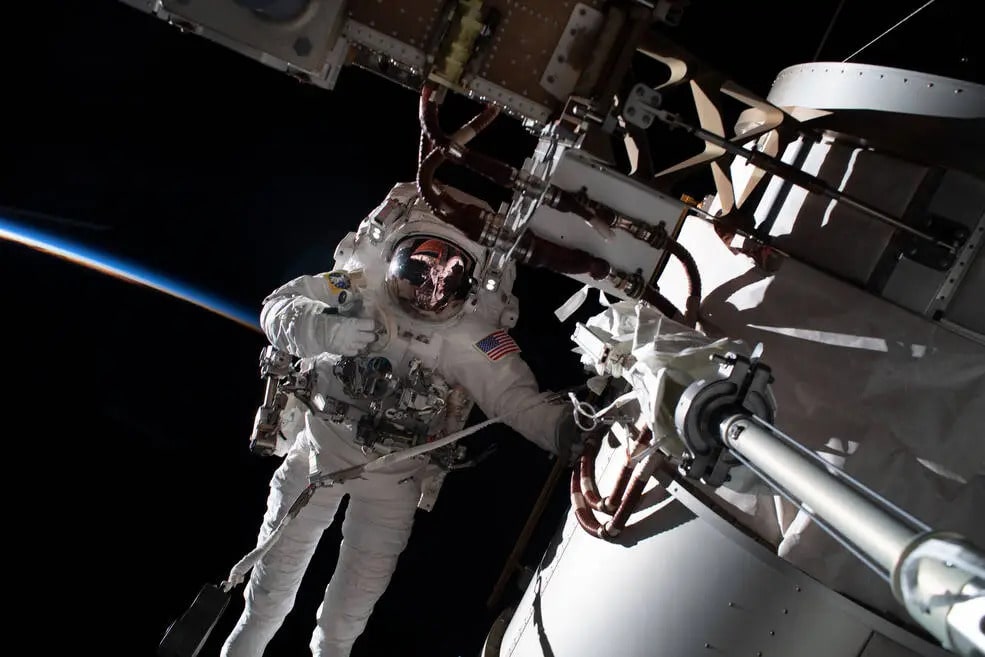
FYI: Frank Rubio spent 371 days in space, which is the longest space mission for US astronauts. He surpasses NASA astronaut Mark Vande Hei who ended his mission after 355 days on March 30, 2022.
US Astronaut Frank Rubio and Two Russian astronauts Sergey Prokopyev and Dmitri Peteli were supposed to complete the mission and return in 180 days but unfortunately, their original return capsule got damaged by space junk or debris while docking on the ISS; They had no options but extending their mission for 191 more days than was planned.
However, Russian astronaut Valery Polyakov holds the record for the longest time continuously spent in space by an individual; Polyakov spent 437 days in space during 1994-1995 between launching on Soyuz TM-18 and landing with TM-20.


